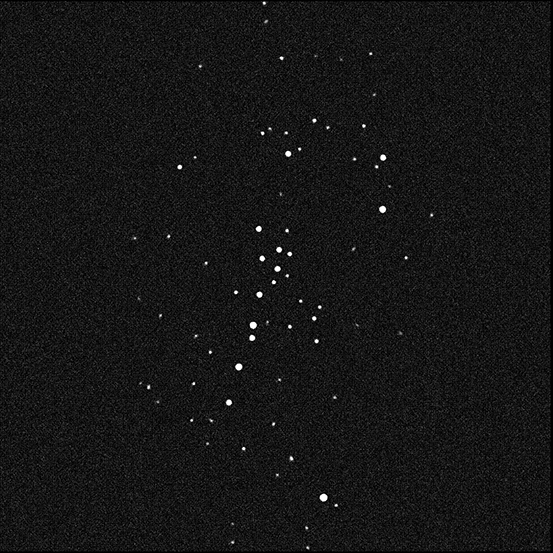News
New Catalog Showcases a Diverse Exoplanet Landscape with Strange, Exotic Worlds
A new, robust catalog is out featuring 126 confirmed and candidate exoplanets discovered with the National Aeronautics and Space Administration …
Earth Twin or Evil Twin
Maunakea, Hawaiʻi – The discovery of a planet similar in size to Venus that’s orbiting a star in the neighborhood …
Faintest Known Star System Orbiting the Milky Way Discovered from Hawaiʻi
Maunakea, Hawaiʻi – A team of astronomers led by the University of Victoria and Yale University has detected an ancient …
All News
No posts found.




